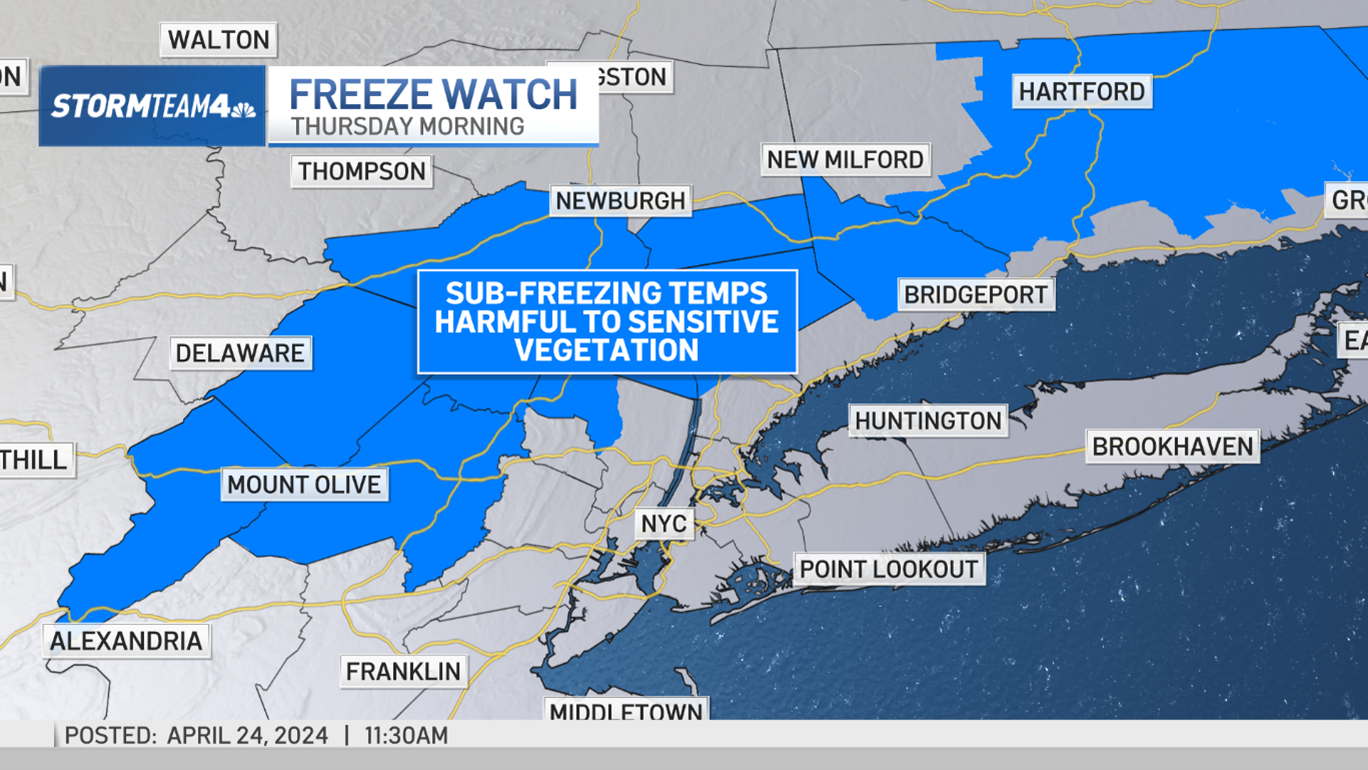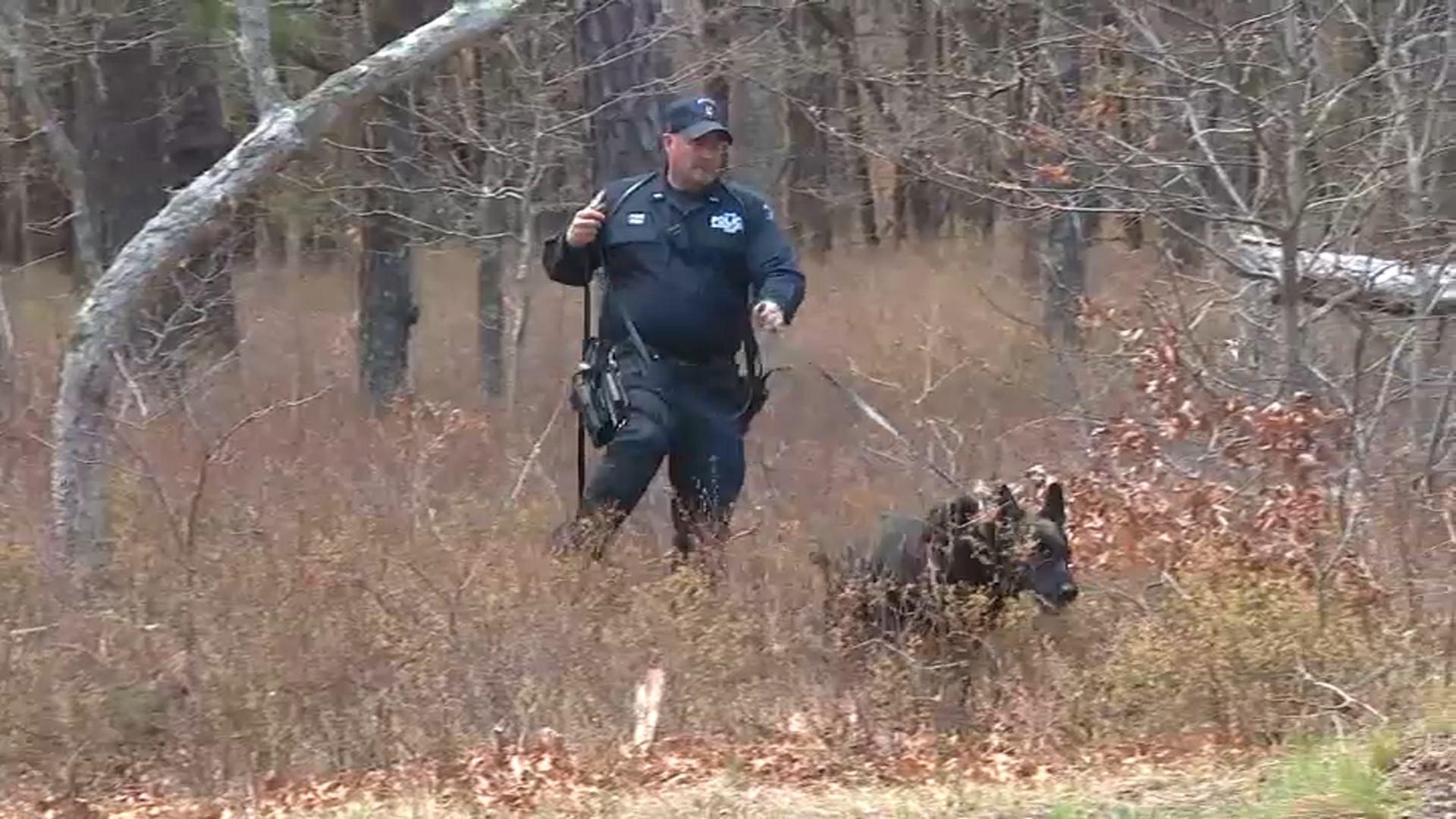Contaminants underneath a popular stretch of a New Jersey riverside community will be solidified in soil as part of the EPA's plan to clean up that old Superfund site -- but that plan has residents concerned.
Aresenic, chromium, lead and coal tar lie on the Quanta Resources Superfund site in Edgewater, New Jersey, between busy River Road and the Hudson River, the EPA has found. It was contaminated by companies dating all the way back to the late 1800s, and the Honeywell company is now responsible for cleaning it up.
Now the EPA and Honeywell are trying to work with the borough to figure out how to get rid of the toxins.
"It concerns the whole town, you know, you have people passing through, you have so many cars that go through here," Edgewater resident Mary Hogan said at a public meeting Aug. 2.
"You never know what can happen, as far as toxins in the air," said Ahlam Elbedewe, another resident.
Now, after a decade of research and testing, the EPA has approved a plan to leave the toxins in the ground and solidify them in a mix of concrete. The EPA says excavating the toxins would be too disruptive.
"One of the things that concerned us with excavation is that you're going to be removing hazardous material, particularly in an area where you have residences close by," said EPA community involvement coordinator Natalie Loney.
Local
The EPA says it has plenty of documentation that says the solidification method is safe -- but not everyone is convinced.
Dr. Peter DeFur, an environmental scientist in Virginia who specializes in toxic cleanups and did consulting work on the Edgewater site, says "there are a lot of opportunities for something to go wrong."
"The process has been used in the past, but not this deep," DeFur said of the plan to solidifying the toxins. "This process has been used in climates that are warmer, and not in the immediate vicinity that is right adjacent to a to freshwater-saltwater interface."
Gil Hawkins, president of the Hudson River Fisherman's Association, said fishermen there are also concerned that the site could continue to leach into the river.
Dealing with the river is part two of the EPA's plan, and that involves installing a barrier undergound to filter toxins from groundwater flowing into the Hudson River. There's no firm timeline on the phase yet.
The first phase of the cleanup is scheduled to start in the fall and is expected to take almost two years. But on the perimeter of the site, a sign reads "Now leasing: Office Space," and includes an artist's rendering. Plans to build on the site, once the toxins are soldified in cement, are well underway.
Residents have been told the site will be monitored for the next 30 years. But there's still concern about what happens after that.
"It's definitely still concerning to know that it's still there," said Ehlbedewe. "That our children, or maybe our children's children, if they decide to stay here, could potentially be exposed to this again."
The EPA insists that solidification is a tried and true technology. Loney said the EPA has thoroughly researched the remedy, and Honeywell has applied it to other locations.
Loney added that those implementing cleanups are experts in the field, and that air and groundwater monitoring will happen throughout the cleanup.



